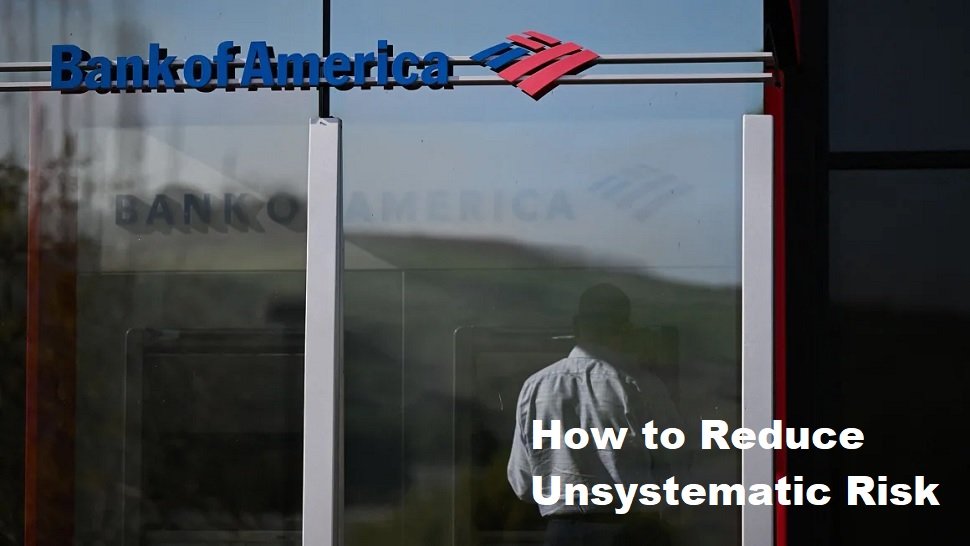Distorted prices refer to the phenomenon where the price of a product or service does not reflect the true value of the product or service. The prices depicted become inaccurate due to external influences or manipulative factors, thereby giving rise to economic imbalances in the market. In some cases, distorted prices can cause consumers to misinterpret the quality and value of products, and make economic actions less than optimal. The basic definition of distorted prices is often used to explain a condition where prices do not reflect actual production costs, either due to government intervention or monopolistic practices by large companies. Distorted prices can also occur due to abnormal shifts in supply and demand in the market. This definition is important to understand so that we can identify the various causes and negative impacts of price distortions in the economy.
The factors that cause distorted prices are quite varied, but some of them are: subsidies or taxes imposed by the government, monopolistic practices by companies, investor speculation, shifts in demand and supply due to natural disasters or geopolitical crises, and currency intervention between countries. . In some situations, these factors can work simultaneously, exacerbating price distortions and challenging market correction efforts. Understanding the concept of distorted prices and the factors that cause it is very important in economic analysis. Reliance on distorted prices can lead to misallocation of resources, changes in consumer behavior, and disruption to economic stability. Therefore, the solution to overcoming the problem of distorted prices involves a combination of government policy and market transparency so that economic efficiency can be achieved and people’s welfare is guaranteed.
Negative impact of distorted prices
The first negative impact of distorted prices is that it causes inefficient resource allocation. When the price of a good or service does not reflect its true value, consumers and producers will make suboptimal decisions. For example, if fuel prices are too low, consumers will tend to use more fuel, leading to increased energy consumption and negative environmental impacts. Likewise, producers will tend to continue to increase production even though there is a decrease in demand, this creates a waste of resources and waste of production capacity.
The second negative impact of distorted prices is that it encourages speculative behavior and price volatility. A mismatch between market prices and the intrinsic value of goods or services can attract speculators who seek to profit from price fluctuations. This speculation can lead to market instability and widespread systemic risk, as happened during the global financial crisis in 2008 when many investors speculated on high-risk assets with inflated prices.
The third negative impact of distorted prices is that it exacerbates socio-economic inequality. Price distortions can make essential goods and services unaffordable for large segments of society, especially with unequal subsidies or taxes. The inability of individuals to access needed services, such as housing, education, and health care, will lead to increased inequality and frustration between different groups in society.
The fourth negative impact of distorted prices is that it hinders innovation and technological development. Price mismatches often protect existing industries or products by making new and more efficient technologies less economically attractive. For example, massive fossil energy subsidies may discourage the adoption of renewable energy and electric vehicles, ultimately jeopardizing the achievement of emissions reduction targets and sustainable development goals.
Examples of cases of distorted prices in economic practice
In economic practice, there are several examples of cases of distorted prices that often arise as a result of certain policies or practices. Distorted prices themselves are a condition where the price of a product or service does not reflect its true value due to external intervention. One example is government subsidies on certain products. Government subsidies are a policy instrument that aims to reduce the burden on society in obtaining certain products or services by providing financial support to producers. This subsidy will result in a change in the selling price of the product, which has the potential to cause price distortion. In this case, the market price under the influence of the subsidy becomes lower than it should be, thereby potentially causing an imbalance between supply and demand and inefficiency of various resources.
Meanwhile, distorted prices can also be caused by market intervention by cartels or monopolies. A cartel is an agreement between several producers to control prices, output and market share in a particular industry. Cartels usually occur in industries with low levels of competition and oligopolies. The influence of cartels on market prices will encourage the creation of price distortions. Market intervention by monopoly also refers to a situation where one company has significant or exclusive control over the production and distribution of a product or service. This condition results in a monopolistic company being able to set prices according to its wishes, without any competitive pressure. As a result, price distortions occur which harm consumers in the form of higher prices or lower quantities than economically ideal. Thus, examples of distorted prices in economic practice include government subsidies on certain products as well as market intervention by cartels or monopolies. These two phenomena cause prices to not reflect true value and have a negative impact on market efficiency and consumer welfare.
Consumer education about healthy market behavior is also an important step in efforts to prevent and overcome distorted prices. Educated consumers will better understand the importance of objectively assessing product prices based on factors such as quality, demand and supply. This will encourage consumers to make more rational and planned shopping decisions, thereby reducing the risk of abnormal price fluctuations. Information channels that are easily accessible, such as mass media, the internet, and government education, can be used to provide knowledge about healthy market behavior. This education can include an understanding of market mechanisms, factors that influence price changes, as well as consumer rights and obligations in buying and selling transactions. With these steps, the public will be more educated in dealing with the problem of distorted prices and together will be effective in helping efforts to prevent and overcome it.









